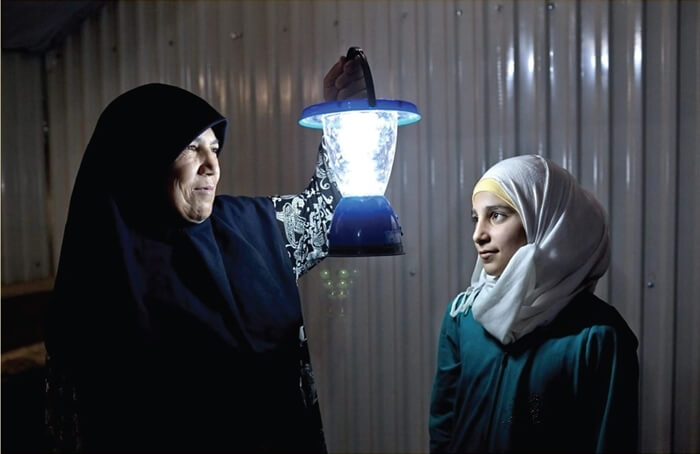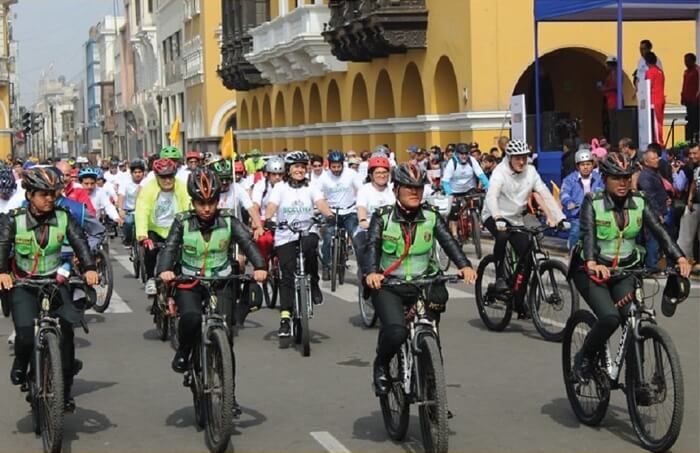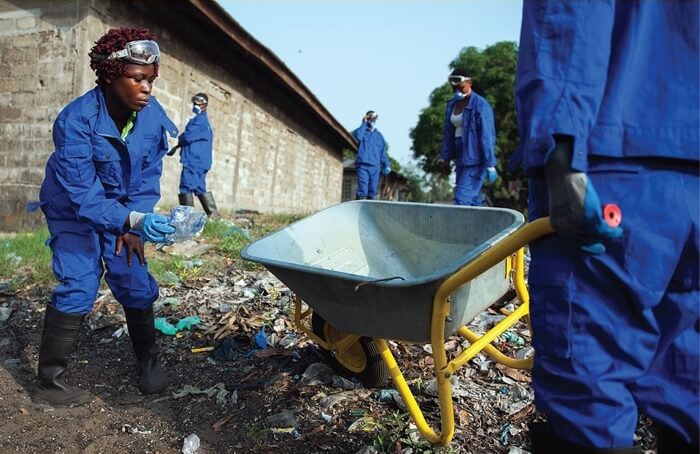Excerpt from Cayman Compass
The goals to introduce renewables into Cayman’s energy mix are lofty but progress is slow.
In 2019, CUC generated just under 700 gigawatts of energy, but only about 2.6% of that came from renewable sources.
Because of the lower energy usage this year, due to the lockdown and the halt to tourism, the share of renewable energy has increased slightly to 3%.
This is still a far cry from the 240 megawatt capacity of renewable energy projected for the year 2037 by Cayman’s Integrated Resource Plan. This plan, drafted in 2017 by Caribbean Utilities Company and approved by the regulator OfReg, aims to meet both the islands’ energy needs and the climate goals of the National Energy Policy, which called for 70% of Cayman’s energy to come from renewables within 20 years.
The Carribbean Transitional Energy Conference, hosted virtually on 19 Nov. by the Cayman Renewable Energy Association, provided another reminder why growing the share of renewables is taking time.
The electricity provider CUC, regulator OfReg, the government and industry association CREA are locked into a circular argument of sometimes competing interests and objectives.
OfReg seeks to ensure competition in the market, low energy prices, choice and consumer protection.
CUC calls for large-scale solar projects and has submitted its own 20MW solar plant and storage plan to the regulator.
Industry association CREA, in turn, wants more allocated capacity for rooftop solar panels and better programmes than those that are currently offered by CUC under which homeowners and businesses can sell energy to the utility.
And the government wants to quickly achieve its climate change targets, a high share of renewables, more employment for Caymanians in green technology, and cheap energy bills for the consumer – all at the same time.

Island Innovation is a social enterprise and digital media company at the intersection of sustainable development and communications, offering specialised services across various sectors. We bring together the private sector, government, utilities, NGOs and universities to advance innovation for sustainability and prosperity in islands worldwide.















